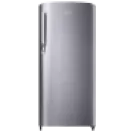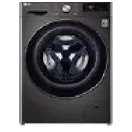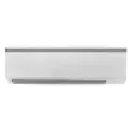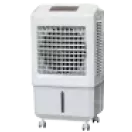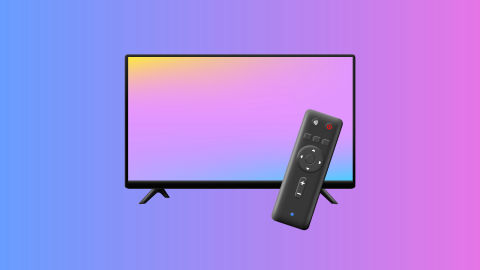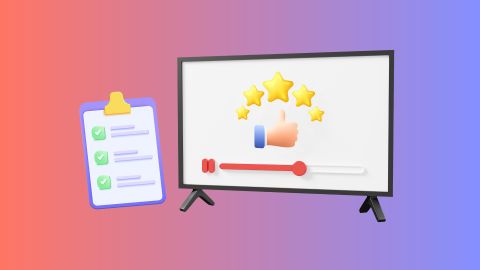Ceramic and infrared heaters are popular options for keeping your home warm. Ceramic heaters use a ceramic heating element and a fan to distribute warm air, making them ideal for larger spaces. Infrared heaters, on the other hand, heat objects directly through radiation, offering instant and targeted warmth. Both heaters are compact, efficient, and commonly used as room heaters, but their functionalities cater to different heating needs.
Key features of ceramic and infrared heaters
Ceramic heater features:
- Heats the surrounding air through convection.
- Includes a fan for uniform heat distribution.
- Suitable for medium to large-sized rooms.
- Often comes with adjustable thermostats and safety features.
Infrared heater features:
- Provides instant warmth by heating objects directly.
- Operates silently with no fan.
- Best for focused, small-area heating.
- Energy-efficient for personal or small space use.
Understanding these features helps you choose the right heater for your needs.
The advantages and disadvantages of ceramic heaters
Advantages:
- Efficient for evenly warming larger spaces.
- Includes safety features like overheat protection.
- Affordable and widely available in the latest electronics.
- Portable and easy to use.
Disadvantages:
- Slower to heat up compared to infrared heaters.
- Requires more energy in larger spaces.
- Can be noisier due to the fan operation.
Browse a wide range of heating options in the
latest electronic section for your home.
Lifespan and maintenance of infrared vs ceramic heaters
Ceramic heaters:
- Lifespan: Typically lasts 3-5 years with regular use.
- Maintenance: Requires occasional cleaning of the fan and vents to maintain performance.
Infrared heaters:
- Lifespan: Can last up to 10 years due to fewer moving parts.
- Maintenance: Minimal; usually limited to cleaning the heating element and housing.
While infrared heaters have a longer lifespan, ceramic heaters are easier to repair and replace. Regular maintenance is key to extending the life of either heater.
Both ceramic and infrared
electronic heaters offer unique benefits. Ceramic heaters are better for evenly warming larger spaces, while infrared heaters excel at providing quick, focused heat. Choosing the right option depends on your room size, heating needs, and energy efficiency preferences.
Head to your nearest partner store to explore and choose from an extensive range of room heaters. With Bajaj Finserv’s financing options, you can utilise a limit of up to Rs. 3 lakh to purchase your preferred geyser and repay the amount over flexible tenures ranging from 1 month to 60 months.
Explore room heaters on EMI with Bajaj Finserv
Go on Bajaj Mall and check out
home appliances like room heaters. Here, you can explore all the details, features, and specifications of room heaters. Once you are fully informed, visit your nearest Bajaj Finserv partner store to select the heater that best suits your needs.
Benefits of shopping for a room heater with Bajaj Finserv’s financing options
- Competitive prices: Bajaj Finserv partner stores offer prices that fit your budget, ensuring that your room heater is affordable.
- Easy EMIs: With Bajaj Finserv’s financing options, buying a room heater is straightforward.
- Zero down payment: Select room heaters come with a zero down payment option, eliminating the need for an upfront payment.
- Options and accessibility: Discover a wide selection of room heaters at Bajaj Finserv partner stores across various cities.
- Exciting deals and cashback offers: Purchase a room heater and take advantage of special deals and cashback offers available at Bajaj Finserv partner stores.
- Free home delivery: Enjoy the convenience of free home delivery on selected room heaters.

